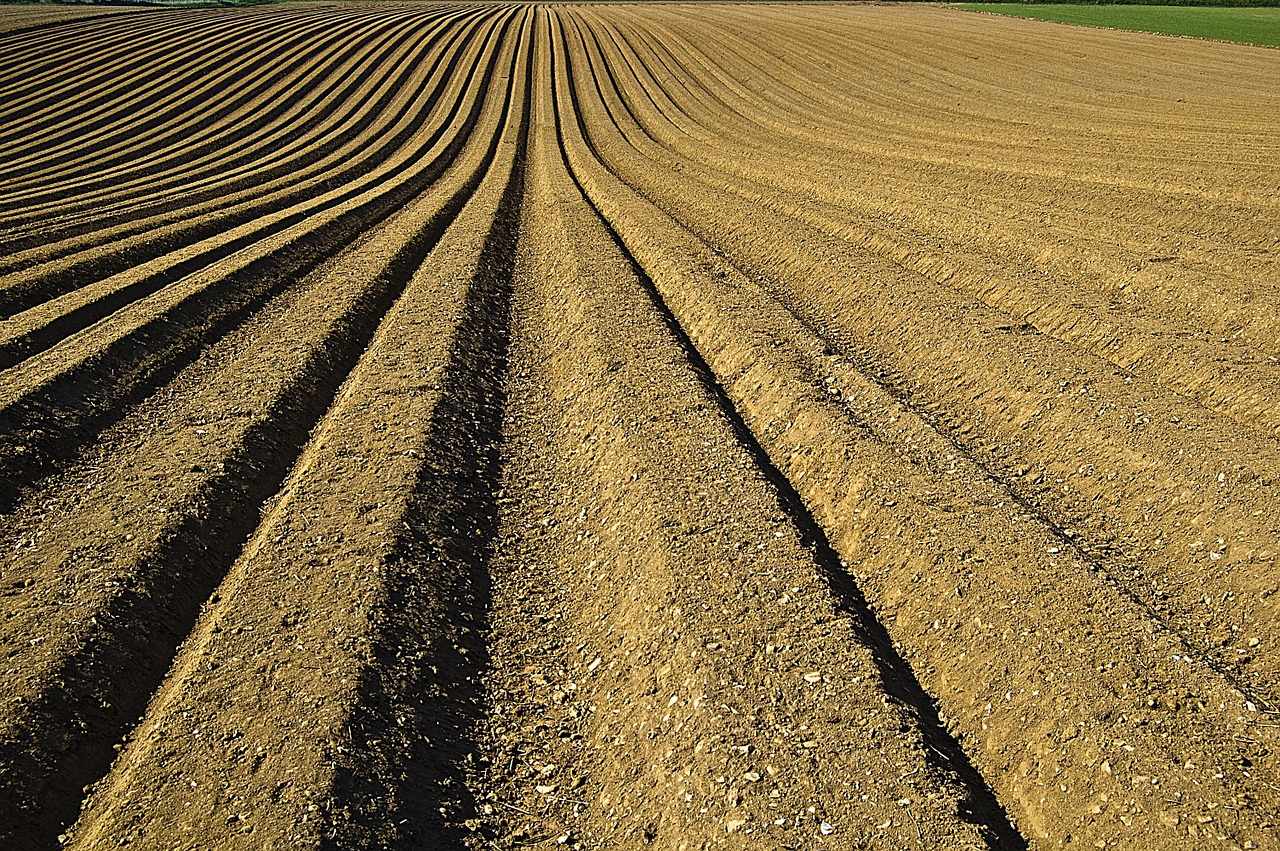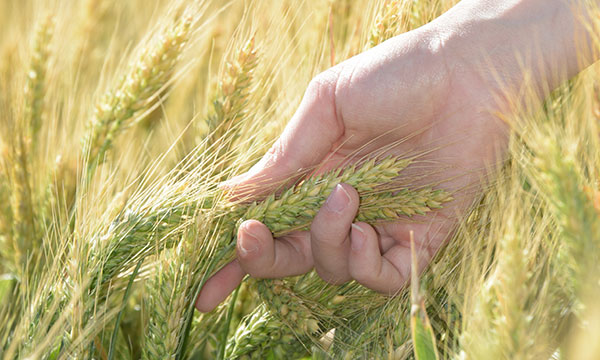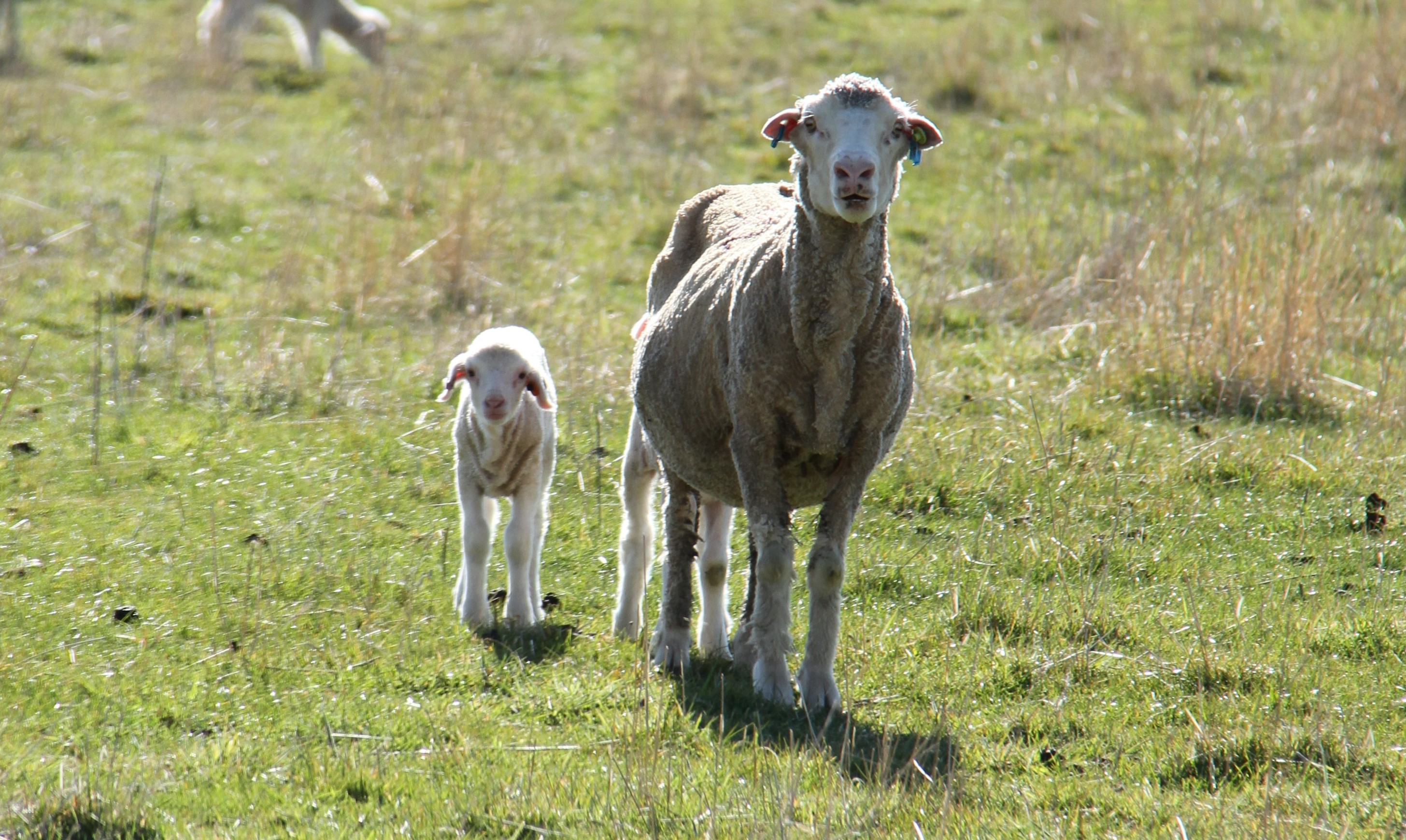
By putting climate insights at farmers’ fingertips with timely updates to localised weather and outlooks, they can be assisted to make tactical and strategic decisions such as:
- Choosing optimal crop varieties and adjusting sowing times.
- Current conditions such as wind speed and direction may change decisions about spraying chemicals.
- Optimising animal husbandry decisions.
- Managing the impact of frost on crop yields and pasture production.
Tracking weather and climate over time can also be important to understand the impact on production of issues such as frost damage, heat stress and available soil moisture. These factors can influence both cropping and livestock systems, and can include:
- The impact of frost on crop yield. This can inform actions such as cutting for hay rather than taking a crop through to grain.
- The impact of heat stress on livestock productivity and animal welfare.
- The impact of low temperatures on lamb survival.
Access to information about likely changes to a local climate is also vital to determine a farming operation’s best adaptation options and how businesses need to adjust into the future. Examples of climate adaptation could include:
- Different crop and livestock enterprise mixes.
- Adjusting carrying capacity and feed purchasing strategies.
- Infrastructure and capital investment decisions such as irrigation, supplementary feeding equipment, livestock husbandry facilities, financing, expansion or consolidation.
What does a changing climate mean for farming at BARS?
Growing Season Rainfall

Growing Season Rainfall (GSR) is the total rainfall that falls between April and November which is the period critical for growing wheat at Boorowa.
- Since 1960 there hasn’t been a decline in GSR.
- There is some suggestion in the data that Boorowa may be seeing a greater proportion of poor years in the last 30 years compared to the 30 years before that.
- In the near term (2030) growing season rainfall is expected to be dominated by natural climate variability (e.g. El Nino/ La Nina phases).
- We cannot say with confidence that rainfall will change in the longer term (2050 and beyond).
Fallow rainfall
Fallow rainfall is the rainfall that falls between previous crop maturity and sowing. Because of evaporation, we use a rule of thumb that only 30 per cent of that rainfall is stored in the soil and available for use for the new crop. The key period at Boorowa is December to March.
- There has been no substantial change in fallow rainfall over the past 60 years, nor in its variability.
- In the near term (2030) fallow rainfall is expected to be dominated by natural climate variability (e.g. El Nino/ La Nina phases).
- We cannot say with confidence that fallow rainfall will change in the longer term (2050 and beyond).
Frost risk
The occurrence of frost can be damaging in crops if it happens at the wrong time and of the right severity. For wheat the critical period is August to October at Boorowa because this corresponds to the critical flowering period from stem elongation to early seed filling.
- Using 0oC as the threshold, the number of frost days has increased from 1960 to 2019 by +1.5 days/decade.
- In the last 30 years, the number of frost risk days was 18 days per year compared with 15 days per year in the previous 30 years.
- There has also been a significant increase in the variability of number of frost risk days in the most recent 30 years.
- In both the near term (2030) and longer term (2050 and beyond) there is high confidence in a decrease in frost risk days based on projected increases to minimum temperatures.
Heat risk

The occurrence of hot days can be damaging in crops if it happens at the wrong time and of the right severity. For wheat the critical period is in the three weeks before flowering when grain number is set. At Boorowa this is mid-September to mid-October.
- Using 35oC as the threshold for a heat risk day, there have been no incidences of heat risk during the critical reproductive period for wheat at Boorowa.
- Future projections do not indicate any incidences of heat risk occurring in that critical period in the near term or longer term.
Seasonal rainfall
Seasonal rainfall is the rainfall that falls across different seasons. It will impact on pasture production, and influence the need for supplementary feeding and manipulating stocking rates.
- Over the past 60 years, there has not been any significant change in the total rainfall for any of the seasons.
- There is some indication in the historical rainfall data that Boorowa may be seeing a greater proportion of poor autumns and springs.
- We cannot say with confidence that rainfall will change in the longer term (2050 and beyond) for any of the seasons.
Lamb survival
At Boorowa, lambing is typically in July, so cold temperatures can have issues for lamb survival in July – August. Things like wind chill are important, but first we can look at the incidence of low temperatures alone as an indicator to see if there is a changing risk in that period.
- Using 0oC as the threshold, we see an increase of +1.5 days/decade from 1960 to 2019.
- In the last 30 years, mean frost risk days was 18 days per year compared with 15 days per year in the previous 30 years.
- There has also been a significant increase in the variability of cold days in the most recent 30 years.
- In both the near term (2030) and longer term (2050 and beyond) there is high confidence in a decrease in cold days based on projected increases to minimum temperatures.
Live weather and climate at BARS
The BARS digital showcase allows us to see the current weather at BARS, and cumulative rainfall totals for recent periods.
Knowing rainfall totals over periods - such as the total amount of rainfall over different growth stages of a crop - can provide decision makers with insights about likely crop condition and potential for sufficient soil moisture for yield quantity and quality.
The Agronomeye live dashboard has current weather and forecast data available. You can also see how rainfall events contribute to soil moisture levels.
By putting climate insights at farmers’ fingertips with timely updates to localised weather and outlooks, they can be assisted to make tactical and strategic decisions such as:
- Choosing optimal crop varieties and adjusting sowing times.
- Current conditions such as wind speed and direction may change decisions about spraying chemicals.
- Optimising animal husbandry decisions.
- Managing the impact of frost on crop yields and pasture production.
Tracking weather and climate over time can also be important to understand the impact on production of issues such as frost damage, heat stress and available soil moisture. These factors can influence both cropping and livestock systems, and can include:
- The impact of frost on crop yield. This can inform actions such as cutting for hay rather than taking a crop through to grain.
- The impact of heat stress on livestock productivity and animal welfare.
- The impact of low temperatures on lamb survival.
Access to information about likely changes to a local climate is also vital to determine a farming operation’s best adaptation options and how businesses need to adjust into the future. Examples of climate adaptation could include:
- Different crop and livestock enterprise mixes.
- Adjusting carrying capacity and feed purchasing strategies.
- Infrastructure and capital investment decisions such as irrigation, supplementary feeding equipment, livestock husbandry facilities, financing, expansion or consolidation.
What does a changing climate mean for farming at BARS?
Growing Season Rainfall
Growing Season Rainfall (GSR) is the total rainfall that falls between April and November which is the period critical for growing wheat at Boorowa.
- Since 1960 there hasn’t been a decline in GSR.
- There is some suggestion in the data that Boorowa may be seeing a greater proportion of poor years in the last 30 years compared to the 30 years before that.
- In the near term (2030) growing season rainfall is expected to be dominated by natural climate variability (e.g. El Nino/ La Nina phases).
- We cannot say with confidence that rainfall will change in the longer term (2050 and beyond).
Fallow rainfall
Fallow rainfall is the rainfall that falls between previous crop maturity and sowing. Because of evaporation, we use a rule of thumb that only 30 per cent of that rainfall is stored in the soil and available for use for the new crop. The key period at Boorowa is December to March.
- There has been no substantial change in fallow rainfall over the past 60 years, nor in its variability.
- In the near term (2030) fallow rainfall is expected to be dominated by natural climate variability (e.g. El Nino/ La Nina phases).
- We cannot say with confidence that fallow rainfall will change in the longer term (2050 and beyond).
Frost risk
The occurrence of frost can be damaging in crops if it happens at the wrong time and of the right severity. For wheat the critical period is August to October at Boorowa because this corresponds to the critical flowering period from stem elongation to early seed filling.
- Using 0oC as the threshold, the number of frost days has increased from 1960 to 2019 by +1.5 days/decade.
- In the last 30 years, the number of frost risk days was 18 days per year compared with 15 days per year in the previous 30 years.
- There has also been a significant increase in the variability of number of frost risk days in the most recent 30 years.
- In both the near term (2030) and longer term (2050 and beyond) there is high confidence in a decrease in frost risk days based on projected increases to minimum temperatures.
Heat risk
The occurrence of hot days can be damaging in crops if it happens at the wrong time and of the right severity. For wheat the critical period is in the three weeks before flowering when grain number is set. At Boorowa this is mid-September to mid-October.
- Using 35oC as the threshold for a heat risk day, there have been no incidences of heat risk during the critical reproductive period for wheat at Boorowa.
- Future projections do not indicate any incidences of heat risk occurring in that critical period in the near term or longer term.
Seasonal rainfall
Seasonal rainfall is the rainfall that falls across different seasons. It will impact on pasture production, and influence the need for supplementary feeding and manipulating stocking rates.
- Over the past 60 years, there has not been any significant change in the total rainfall for any of the seasons.
- There is some indication in the historical rainfall data that Boorowa may be seeing a greater proportion of poor autumns and springs.
- We cannot say with confidence that rainfall will change in the longer term (2050 and beyond) for any of the seasons.
Lamb survival
At Boorowa, lambing is typically in July, so cold temperatures can have issues for lamb survival in July – August. Things like wind chill are important, but first we can look at the incidence of low temperatures alone as an indicator to see if there is a changing risk in that period.
- Using 0oC as the threshold, we see an increase of +1.5 days/decade from 1960 to 2019.
- In the last 30 years, mean frost risk days was 18 days per year compared with 15 days per year in the previous 30 years.
- There has also been a significant increase in the variability of cold days in the most recent 30 years.
- In both the near term (2030) and longer term (2050 and beyond) there is high confidence in a decrease in cold days based on projected increases to minimum temperatures.
Live weather and climate at BARS
The BARS digital showcase allows us to see the current weather at BARS, and cumulative rainfall totals for recent periods.
Knowing rainfall totals over periods - such as the total amount of rainfall over different growth stages of a crop - can provide decision makers with insights about likely crop condition and potential for sufficient soil moisture for yield quantity and quality.
The Agronomeye live dashboard has current weather and forecast data available. You can also see how rainfall events contribute to soil moisture levels.

